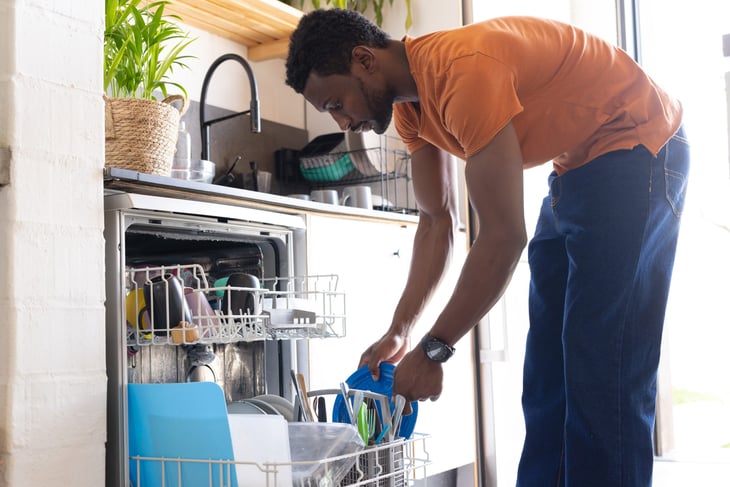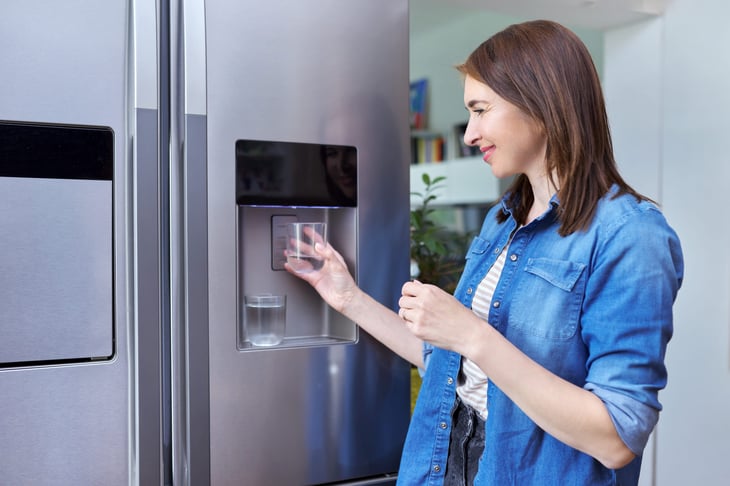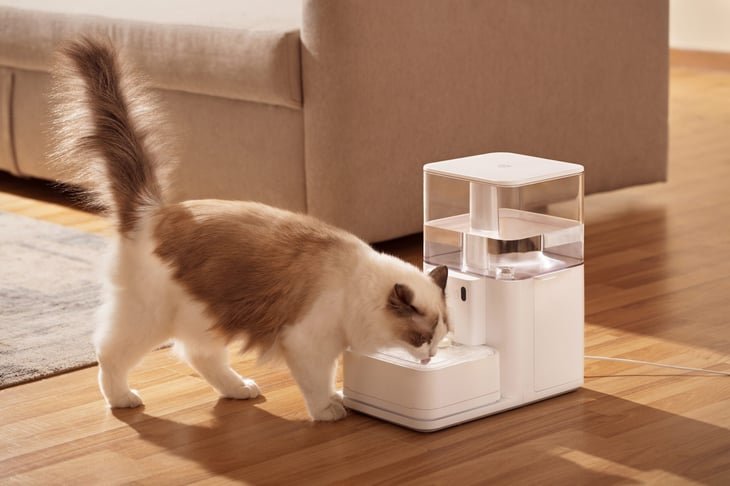
These days, “filter” is often used to refer to a tool that can change the look of a photograph — adding fake eyelashes or a kitten nose, perhaps. Those filters are lively and fun, but the old-school meaning of filter relates to household appliances.
This kind of filter usually traps and neutralizes contaminants that otherwise might find their way into your home’s water or air. But sad to say, filters aren’t permanent. Because of the impurities they trap, they eventually have to be cleaned or replaced with a fresh, unused filter.
You probably already know about changing your air conditioning or furnace filters. But unless you’re full-on Martha Stewart and memorize the recommended changing time for other appliance filters, it’s likely that household chore slipped your mind.
Here’s a look at some filters that require regular cleaning or changing to maintain safety and efficiency. Note that the frequency we give is general, and you should follow the recommendations from your device manufacturer when possible.
Dishwasher filter

I’m thankful every day for my quiet, smooth-running dishwasher, which takes one of my least-liked household chores out of my hands. But I rarely think about its filter, a two-part item that looks a little like a shot glass.
Check your own dishwasher’s manual of course, but KitchenAid tells me that I can simply clean my filter by popping it out, rinsing and gently scrubbing with an old toothbrush, and putting it back in.
If there aren’t any holes in it or other visible damage, the filter doesn’t need to be replaced. KitchenAid suggests I clean the filter every three to six months, depending on how often I use my dishwasher.
I let this slide once, and noticed the dishes weren’t coming out as clean — defeating my whole purpose in having a dishwasher.
Range hood filters

The range hood is the giant appliance mounted above most stoves that sucks up grease and steam as you cook. As you can imagine, the filter nabbing all that waste can get nasty.
There are two kinds of range hood filters depending on if your stove vents outside or recirculates air. My stove vents outside, but I still have a grease filter where debris builds up as we cook. According to ventilation company AirKing, grease filters should be washed gently with water and dish soap about every month. Otherwise, they simply won’t do their job well.
I used to put mine in the dishwasher, but I could tell that was beating them up and shortening their lifespan. AirKing says most filters are made of aluminum, and dishwashing detergent can make them spotty, though stainless steel filters can be washed in the dishwasher.
If your range hood doesn’t vent outside, but instead recirculates air back into the room, it likely has a combination odor and grease filter, and because of the charcoal filtration, can’t be washed. AirKing says when you notice those filters are dirty or no longer working, replace them, at least once a year.
Tap-water filter

Many kitchens now have faucet-mounted tap-water filters that provide filtered water on demand and are a more permanent replacement to the pitcher style of water filters. Your faucet filter likely has an indicator that tells you when the filter cartridge needs to be replaced, usually after about four months of use.
Steps are fairly simple — Brita, for example, shows exactly how to turn the filter to remove the cartridge, and how to install the new one. Don’t force it: These filters aren’t unbreakable. You may have to run the water for about five minutes to flush it out and activate the new cartridge.
Refrigerator filter

It’s a nice luxury to have a built-in water and ice dispenser right in the door of your fridge. But those have filters too, and they need changing, usually every six months.
Home Depot has a good guide to the general process, though checking your own refrigerator brand’s website is helpful too. You might have a twist-on water filter, located inside your fridge. Simply twist the housing and pull the older filter straight out to remove and replace. Some filters have a push-in case, where a spring holds them in – the process is similar.
However, some fridge water filters are installed in the bottom of the refrigerator or in the water line behind the appliance. Home Depot recommends you enlist professional help to change these filters.
Pet water filter

Of course, you always provide fresh water for your pets. But some devoted pet owners have discovered that their cats and dogs really love fresh running water and invested in a water fountain to keep Fido and Fluffy happy.
This is one of those instances where you really need to read your manual, as pet fountains can be super-fancy — even coming with a smartphone app — or inexpensive and basic.
Online pet store Petlibro recommends buying filters in bulk and replacing them every two weeks, since cats especially can be finicky about their water. (Mine also drink out of the toilet, but your feline mileage may vary.)
Dehumidifier

Dehumidifiers can really help make your home livable, as they eliminate musty smells due to excessive moisture in the air. And they have filters. If you have a whole-home dehumidifier, Honeywell recommends replacing those every year, and they must be professionally handled.
Smaller, plug-in dehumidifiers are just like any small appliance with an air filter, and are an easier task. Check your own brand, but Frigidaire, for example, has a helpful video. The filter is usually in the rear of the unit, and you may have a display that illuminates after 250 hours of use to indicate it’s replacement time.
Some filters must be replaced every six months, but others can be vacuumed, rinsed, dried and put back in place.





Add a Comment
Our Policy: We welcome relevant and respectful comments in order to foster healthy and informative discussions. All other comments may be removed. Comments with links are automatically held for moderation.